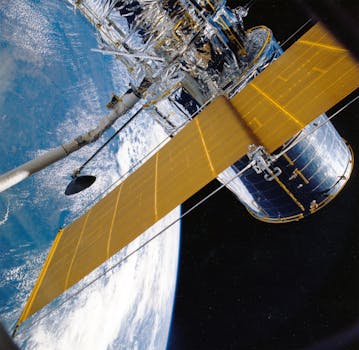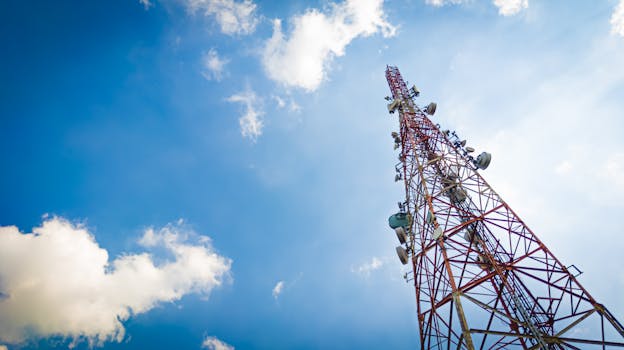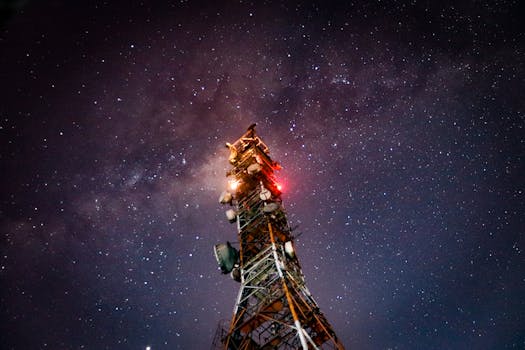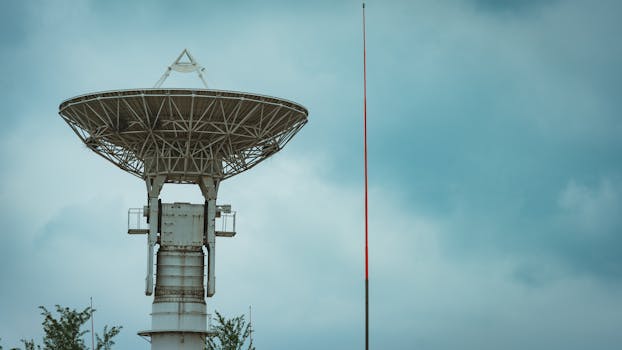
LEO Satellites: Revolutionizing Global Connectivity with Low Earth Orbit Technology – LEO Satellites
LEO satellites, or Low Earth Orbit satellites, are revolutionizing the way we communicate and access information globally. With their ability to provide high-speed, low-latency connectivity, LEO satellites are transforming industries and bridging the digital divide. In this article, we will explore the benefits and applications of LEO satellite technology, and how it is changing the face of global connectivity.
LEO satellites are orbiting the Earth at an altitude of around 160 to 2,000 kilometers, which is much lower than traditional geostationary satellites. This lower altitude allows for faster data transmission and lower latency, making LEO satellites ideal for real-time communications and high-bandwidth applications. Additionally, LEO satellites have a smaller footprint than traditional satellites, which enables them to provide more targeted and efficient coverage.
Benefits of LEO Satellites

The benefits of LEO satellites are numerous. One of the most significant advantages is their ability to provide high-speed internet access to remote and underserved communities. With LEO satellites, people in these areas can access the internet, communicate with loved ones, and access vital information and services. LEO satellites are also being used to support disaster relief efforts, providing critical connectivity in areas where traditional infrastructure has been damaged or destroyed.
Another benefit of LEO satellites is their potential to support the growth of the Internet of Things (IoT). With the increasing number of connected devices, LEO satellites can provide the necessary connectivity to support the transmission of data from these devices. This can enable a wide range of applications, from smart cities to industrial automation.
Applications of LEO Satellites

LEO satellites have a wide range of applications, from consumer broadband to industrial and commercial uses. One of the most significant applications is in the provision of broadband internet access. Companies such as SpaceX and OneWeb are launching constellations of LEO satellites to provide high-speed internet access to consumers and businesses around the world.
LEO satellites are also being used to support maritime and aviation communications. With their ability to provide high-speed, low-latency connectivity, LEO satellites can enable the transmission of critical information, such as weather updates and navigation data, to ships and aircraft. This can improve safety and efficiency in these industries, and enable the development of new applications, such as autonomous shipping and drone communications.
Challenges and Future Developments

While LEO satellites offer many benefits and opportunities, there are also challenges to be addressed. One of the most significant challenges is the issue of congestion in the lower Earth orbit. With the increasing number of LEO satellites being launched, there is a risk of collisions and interference between satellites. To address this challenge, regulatory bodies and industry stakeholders are working to develop new standards and guidelines for the responsible use of the lower Earth orbit.
Another challenge is the issue of cost. While LEO satellites are becoming increasingly cost-competitive with traditional satellites, there is still a significant investment required to launch and operate a constellation of LEO satellites. To address this challenge, companies are developing new technologies and business models, such as satellite-as-a-service, to make LEO satellites more accessible and affordable.
In conclusion, LEO satellites are revolutionizing the way we communicate and access information globally. With their ability to provide high-speed, low-latency connectivity, LEO satellites are transforming industries and bridging the digital divide. As the technology continues to evolve and improve, we can expect to see even more innovative applications and use cases for LEO satellites in the future.
See more:





